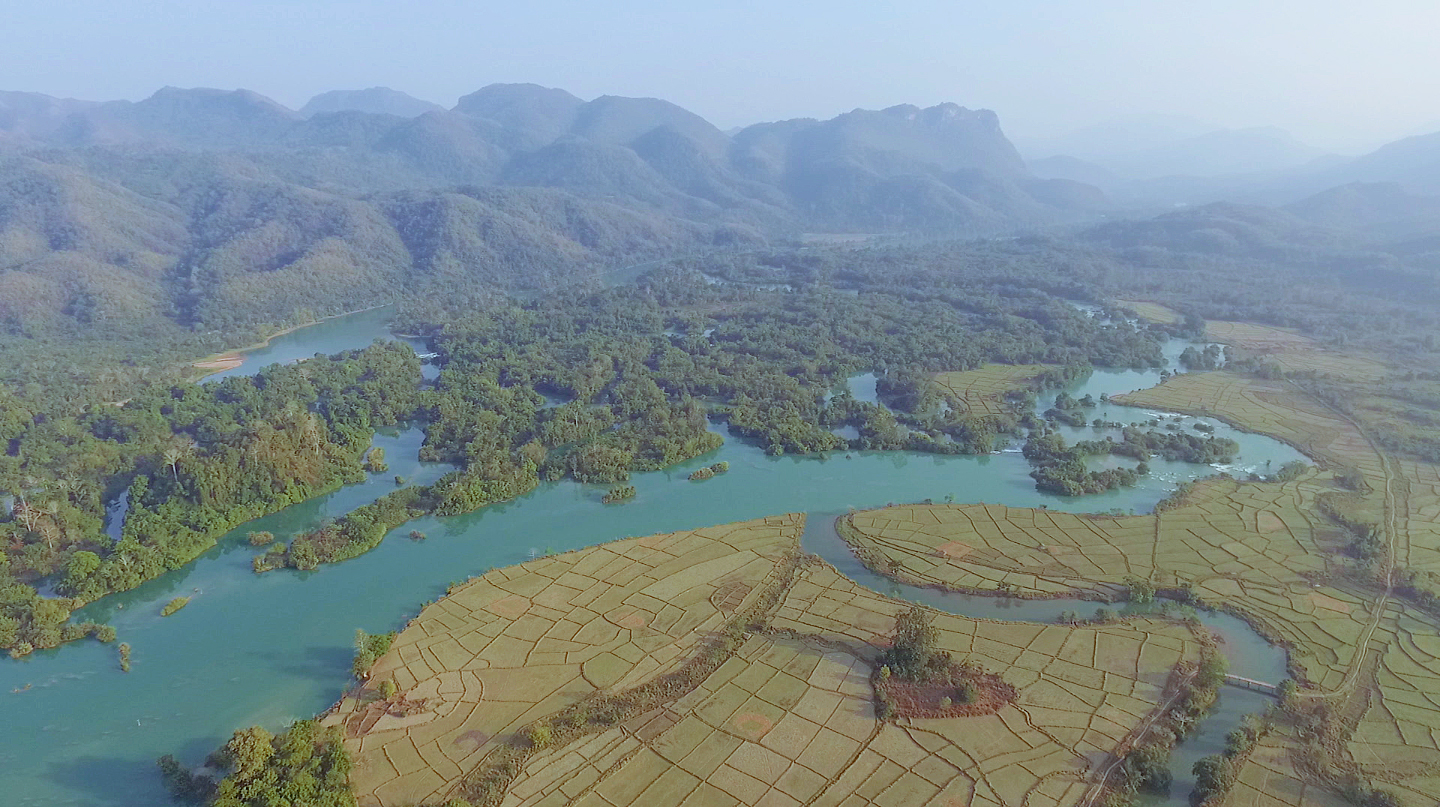By: Pai Deetes, Thailand and Myanmar Campaigns Director
A version of this article was originally published in The Bangkok Post
In an interview with newspaper Thansettakit earlier this week, Thailand’s Permanent Energy Secretary Areepong Bhoocha-oom discussed the Ministry of Energy’s plans to meet with its Myanmar counterpart to advance Thailand’s energy investment in the country. Proposed projects include hydropower dams on the Salween River driven by the Electricity Generating Authority of Thailand (EGAT), along with a coal-fired power plant in the Southern town of Myeik.
The Salween River, also known as Thanlwin, one of Asia’s last remaining largely free-flowing rivers, is the site of a planned cascade of six massive hydropower dam projects, including the Mong Ton and Hat Gyi Dams in Shan and Karen States, now being promoted by Thai investors.
The Energy Secretary is quoted as saying; “The 6,000 MW Mong Ton Dam has been in negotiation for a long time. The initial agreement is that the dam will be smaller [than previously planned], and divided into two phases. The plan is to start construction in 2019. There will also be discussion to advance the Hat Gyi Dam. We expect the meeting will result in the rapid materialization of our plans.”
This week in Yangon, Taungyyi, and Chiang Mai, Shan State Rivers, a local community network, launched the film “Drowning a Thousand Islands.” The film documents the beauty and tragedy of war-torn central Shan State along the Salween and the Nam Pang River, a major tributary. It reveals the spectacular landscape of the Thousand Islands, known as Kun Heng, on the Nam Pang River. Here, the bright jade-colored water flows into braided channels, forming a myriad of islands, islets and waterfalls.
The beauty of this place is exceptional. The ecosystem and biodiversity are pristine. It is an area that remains largely unknown; and if the Mong Ton Dam moves forward, it may soon be inundated under the project’s reservoir.
This hidden gem is also home to hundreds of thousands of villagers uprooted by the Burmese Army during forced relocations between 1996-1998, when large numbers of refugees fled from Shan State to northern Thailand. Many have been unable to return due to decades of armed conflict.
In earlier reports, EGAT stated that 20,000 people will be relocated to make way for the Mong Ton Dam. This figure does not take into account thousands of refugees forced to abandon their homes in the area. Constructing the dam will destroy any hope for them of returning home; yet they are absent from EGAT’s estimates and unaccounted for among the project’s “affected people”.
In early September, clashes broke out in Karen State between the Burmese-Army supported Border Guard Force and a splinter group of the Democratic Karen Buddhist Army, close to the site of the proposed Hat Gyi Dam. More than 5,000 villagers in Mae Tha Waw were forced to leave their homes. The conflict was seen by many as a move by the military to secure the area in preparation for construction of the dam.
The Salween River holds a unique place in the identity of the diverse ethnic peoples it supports along its length. The history and significance of the river runs deeply through these communities. Due to decades of armed conflict, it is also a highly sensitive and contentious area. Salween communities have long been affected by violence and displacement: the dams represent yet another installment in this long pattern of devastation.
International scrutiny of Thailand’s outbound investment is intensifying. Thailand’s major role in the Xayaburi Dam on the Mekong River resulted in an ongoing lawsuit against EGAT and other stakeholders, challenging approval of the project’s Power Purchase Agreement in the absence of adequate studies and consultations over transboundary impacts in Thailand. The outcome of the lawsuit may have implications for Thailand’s plans to purchase electricity from dams on the Salween, where the scale of the projects and their proximity to Thailand also threaten transboundary harm.
The Thai Cabinet recently issued a resolution regarding Thai involvement in the Dawei Deep Seaport and industrial complex in Myanmar, responding to recommendations in a Thai National Human Rights Commission report scrutinizing the project. The resolution proposes measures requiring all Thai investors wherever they operate to adhere to the United Nations Guiding Principles on Business and Human Rights, a framework which specifically highlights the threats to human rights posed by investment in conflict zones.
So far the actions of EGAT and the Thai government have demonstrated disregard for the significance of the Salween and the situation of its people. It is critical that Thai dam builders and investors recognize the far-reaching consequences of the proposed dam sites, their location in areas ravaged by conflict and in the lands of the country’s ethnic peoples.
The rights of the country’s people to determine the future of their lands and environmental heritage must be prioritized in any decision regarding dams on the Salween River.
Watch “Drowning a Thousand Islands.”
Featured image: The Salween River | Photo by Shan State Rivers

